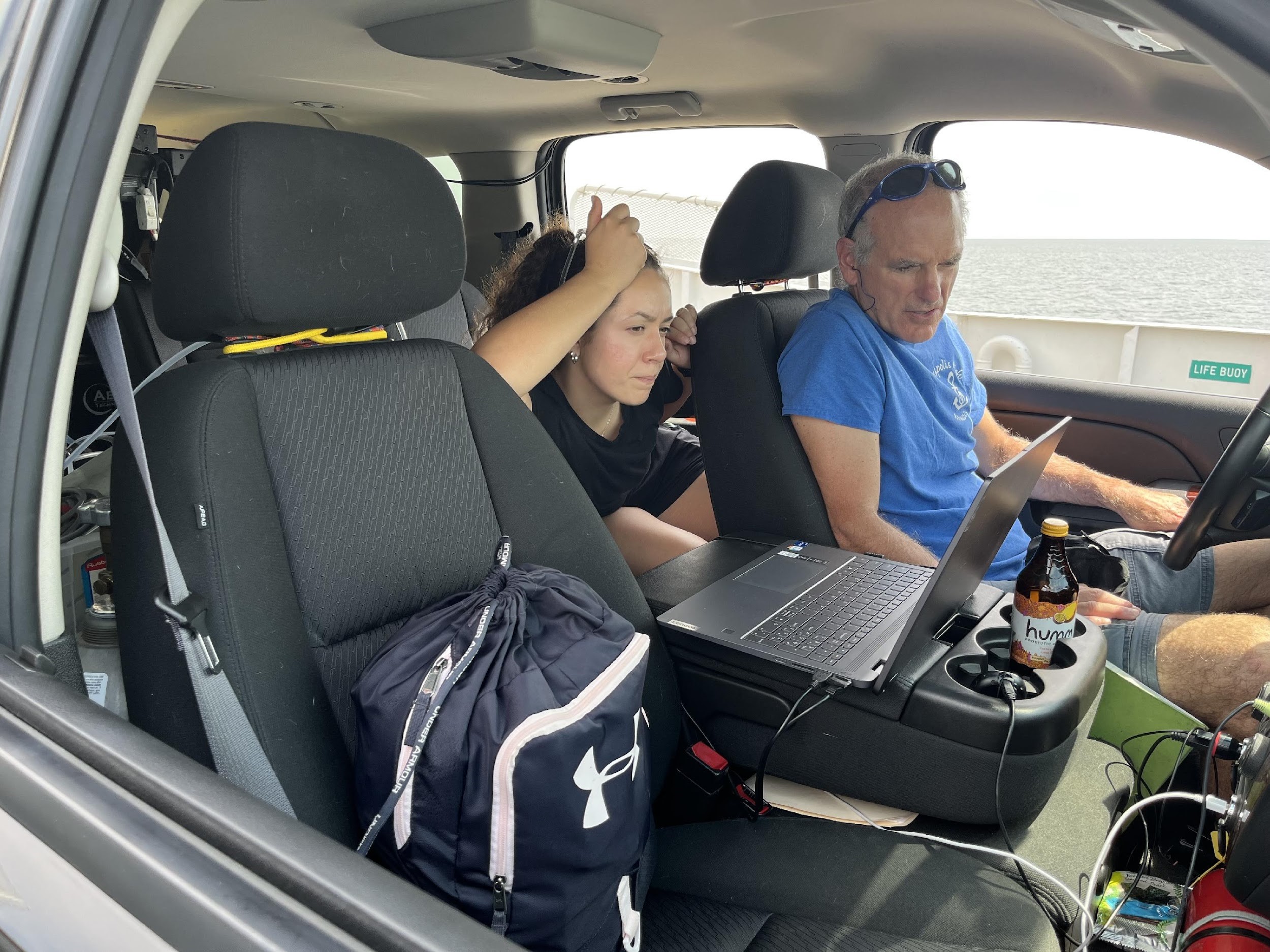The NOAA Air Resources Car (ARC) is a mobile platform using a modified sport utility vehicle to measure hazardous atmospheric materials, particularly in urban environments. ARL uses the ARC to conduct routine measurements in the Washington D.C. – Baltimore region and up through the Northeast Corridor.
The Instrumentation
The ARC is one of several platforms that ARL uses to detect hazardous atmospheric materials such as pollutants, hazardous chemicals and greenhouse gases. ARL’s other platforms include two surface installations and a small research aircraft outfitted with instrumentation similar to that on the ARC. Using multiple installations serves to verify the other platforms’ data and to cover larger areas. Ground stations also provide longer term data, as they operate 24/7 and through all seasons, weather, and changing traffic patterns in the D.C. metro region.
The need to measure urban hazardous atmospheric materials
In the U.S., a large portion of pollutant emissions are found in urban areas. The ARC has been driven extensively through Baltimore, MD and Washington, D.C. and has located numerous neighborhoods with anomalously high pollution concentrations and urban heat island effects.
ARC measures variables such as:
- Methane: CH4
- Ethane: C2H6
- Carbon Dioxide: CO2
- Carbon monoxide: CO
- Black Carbon
- Ozone: O3
- Nitrogen oxides: NOx
Intended outcomes and goals
The ARC is useful to provide science-backed information to local decision-makers. By measuring hazardous atmospheric emissions in local regions, researchers can evaluate the accuracy of existing emissions inventories and investigate long term trends of hazardous atmospheric materials and their drivers. The overall goal is to provide evidence-based science about atmospheric materials and their impacts on a changing climate and air quality.


Upcoming Science Campaigns:
-
- 2025 – BAQMMS
- 2026 – AiRMAPS Southwest
Previous Science Campaigns Include:
- 2024 – AMMBEC & USOS
- 2023 – NEC-AQ-GHG
- 2022 – Marcellus Flights
- 2020 – COVID-AQS
- 2018-2019 – LISTOS




